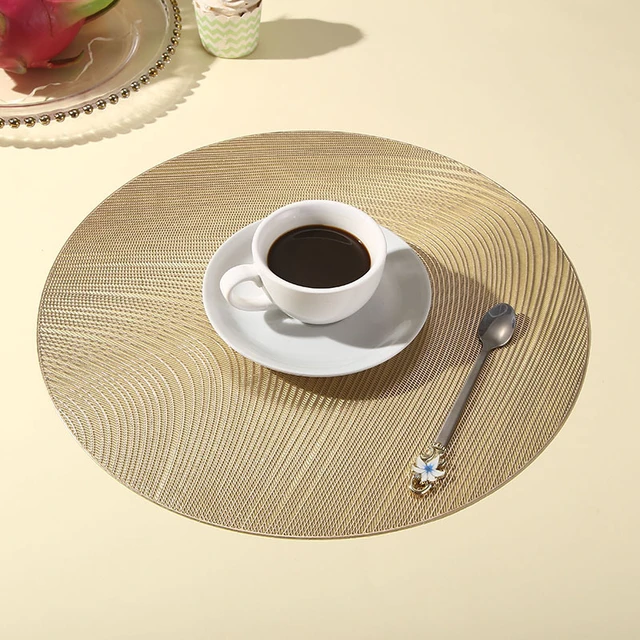An Unbiased View of Top News Sites
An Unbiased View of Top News Sites
Blog Article
About Unique Art
Table of ContentsFascination About Unique ArtAbout Unique ArtNot known Incorrect Statements About Unique Art Some Known Details About Unique Art
While one could dispute which art form holds precedence, the fact remains that each of these 7 forms supplies a special window into human background, society, and advancement. They are the tapestries that chronicle our trip, advising us of our past while motivating visions for the future.Wonderful art work informs a story, makes individuals look two times, and creates a special experience that can not be matched. Art and illustrations communicate all of that through color, form and various other design components. Learn exactly how to make your special artwork attract attention from the group.

8 TRIA GIOVANEqual components grand and laidback, this entrance hall made by Anthony Baratta is the excellent plan to comply with if you're enhancing a formal entry that still really feels unfussy and comfortable. Patterned textiles take spotlight (see the carpetings and the couch), yet they also help bring the high ceilings down to a human scale when hung over wallpaper.
The 4-Minute Rule for Unique Art
18 Heidi Caillier DesignA gallery wall surface does not need to occupy the entire room. In fact, in some cases a small one can make a larger style statement. In this living-room, Hiedi Caillier chose micro-mini structures and a random composition. Advertisement - Continue Analysis Below19 Stephen Kent JohnsonDesigner Juan Carretero went with a deep green paint shade to contrast with the light timber coatings.
, the expression of concepts and emotions, with the production of specific aesthetic qualities, in a two-dimensional aesthetic language. The elements of this languageits forms, lines, colours, tones, and texturesare made use of in different ways to generate sensations of volume, area, movement, and light on a flat surface. These components are combined into expressive patterns in order to represent real or superordinary sensations, to analyze a narrative style, or to develop entirely abstract aesthetic connections.
Later on the concept of the "great artist" created in Asia and Renaissance Europe. Throughout the 19th century painters in Western cultures started to lose their social setting and safe patronage.
Little Known Facts About Unique Art.
Others gained an earnings via touring exhibitions of their job. The demand to appeal to a market had replaced the comparable (if less impersonal) needs of patronage, and its impact on the art itself was possibly comparable as well. Typically, musicians in the 20th hop over to these guys century could reach an audience just via commercial galleries and public galleries, although their work may have been periodically recreated in art regulars.

Don't replicate the style of other artists if you're trying to discover your design. Duplicating various other people's art work can be excellent in educational objectives but it will certainly not make you closer to finding your own unique style. Your artistic design needs to be, what you such as and what inspires you.
I would think about your very own style as a design you repaint in naturally, when you release all ideas and rules and just concentrate on paint, not considering it. Unique Art. The style needs to come naturally to you when you are relaxed and you can't require it or it will not be home your very own style, just a person else's
A Biased View of Unique Art

With time you'll have the ability to sort all of them into your favorite and the very least favored groups. Attempt to concentrate your interest on the subjects and mediums that you like and before you see it coming you'll have your own personal and one-of-a-kind design, like no person else have! In the end you'll have a couple of favored subjects to repaint and possibly a few favorite tools.
The style has to create itself over time with a great deal of practice and experiments - Unique Art. Thank you for reviewing this message and if you have any concerns leave them in the remarks below, I would certainly be pleased to respond to these
Report this page